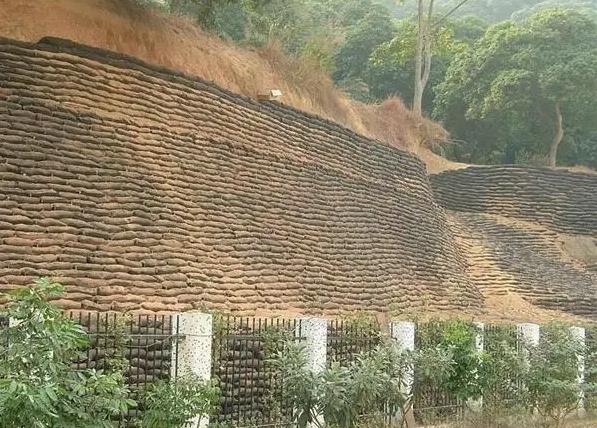Building a retaining wall with geogrid involves several steps. Here is a general overview of the process:

- Plan the wall: Determine the location and size of the wall, and calculate the amount of materials you will need. Consider the soil conditions, drainage, and any other factors that may affect the stability of the wall.
- Excavate the site: Dig a trench along the length of the wall, making it deep enough to accommodate the first course of blocks and the geogrid. Level the bottom of the trench and compact the soil to create a stable base.
- Install the base course: Lay the first course of blocks in the trench, making sure they are level and flush with the ground. Backfill behind the blocks with gravel or crushed stone, and compact it to create a stable base for the rest of the wall.
- Install the geogrid: Unroll the geogrid and place it on top of the first course of blocks, extending it back into the soil behind the wall. Make sure the geogrid is centered over the joints between the blocks, and that there is enough excess material to fold over the next course of blocks.
- Build the wall: Lay the second course of blocks on top of the first, making sure they are level and flush with the first course. Fold the excess geogrid over the top of the second course of blocks, and continue this pattern for each subsequent course of blocks.
- Backfill the wall: Backfill behind the wall with gravel or crushed stone, compacting it in layers as you go. Make sure the backfill is level with the top of the blocks.
- Finish the wall: Install any necessary drainage systems, such as a perforated pipe or drainage fabric, to prevent water from building up behind the wall. Install a capstone or other finish material on top of the wall to protect it from weathering and erosion.
Overall, building a retaining wall with geogrid requires careful planning and attention to detail. It’s important to follow the manufacturer’s instructions for the specific type of geogrid and blocks you are using, and to consult with a professional engineer if you have any doubts about the stability or safety of the wall.
